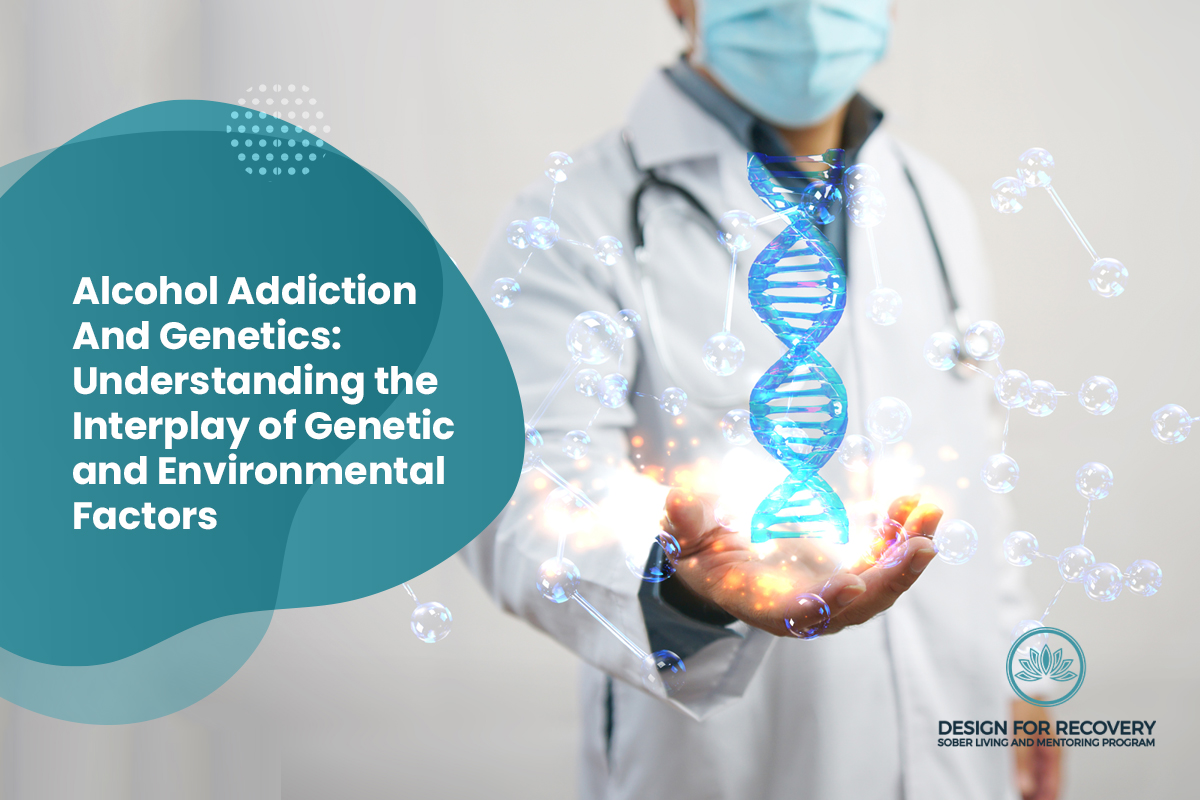It is common for teenagers to experiment with drugs, however, it is nevertheless dangerous. Experimenting with illegal or prescription drugs recreationally can result in a substance use disorder. Moreover, when illegal drugs or prescription drugs are not accessible, teenagers often try to experiment with other household products that yield the same sort of high.
As a parent, preventing experimentation can be difficult because you do not know what sort of household items can be used to get high. This blog will discuss some common household items teens use to get high when illicit and/or prescription drugs are not accessible.
On This Page:
Why Do You Get High With Household Items?
One of the main reasons people get high with household items is because they are easily accessible and relatively inexpensive. Most household items contain some type of active ingredient that can produce a psychoactive effect when ingested or inhaled. For example, cleaning products often contain chemicals like ammonia or bleach which can cause a person to feel lightheaded or dizzy when inhaled. Similarly, aerosu-ming large amounts of over-the-counter medications like ibuprofen or acetaminophen can also result in a feeling of euphoria.
While the effects of getting high from household items may seem harmless, there is always the potential for serious side effects or even death. Inhaling toxic chemicals can damage your lungs and lead to other health problems, while ingesting excessive amounts of over-the-counter medications can cause liver damage or even death. So, while getting high from household items may seem like a fun and harmless way to pass the time, it is important to be aware of the risks involved.
Household Items to Get High
Some of the most common household items that seem harmless are actually incredibly harmful. Below are 7 household items that teenagers use to get high.
Whipped cream cans
Teens can achieve a high simply by using a whipped cream can. Teenagers inhale compressed gas from the can which creates a short-term high. They also may buy “Whip-its” which are used to fill whipped cream canisters with nitrous oxide – the inhalant that achieves the high.
Inhaling whipped cream cans and/or “Whip-its” can be deadly as it can result in the brain’s oxygen supply getting blocked and can cause harm to the heart. Furthermore, using this household item to get high can result in neurological consequences causing long-term brain damage.
Glue and adhesives
Inhaling glue and other adhesives can be used by teenagers to get high. Studies have shown that the inhalation of adhesives creates a sensation similar to acute alcoholic intoxication. The chemical, Toluene, is what causes the high and activates the brain’s dopamine reward system. This ultimately creates a feeling of mild euphoria in the user. Large doses of glue/adhesive can result in hallucinations and disorientation. Moreover, inhaling these fumes can cause injury to the liver, brain, heart, kidneys, and bone marrow.
You’ve Already Survived 100% of Your Bad Days
Tough days might come, but with our supportive sober community, you’re never alone. Whether transitioning from a rehab center or another sober living in Los Angeles, we’re here to help. Our success stories statnd testament. Contact us for a confidential chat and evaluation.
Cough syrup
Cough syrup is a household item that is very commonly used to get high. Medications, such as Nyquil or Robitussin, are consumed excessively in order to achieve a high. The ingredient, dextromethorphan (DXM), present in these medications can cause hallucinations. When teens use cough syrup to get high, they have somewhat of an out-of-body experience which can produce adverse side effects such as panic attacks, seizures, paranoia, and high blood pressure. Continued abuse of cough syrup can result in psychosis.
Dusters
Aerosol products used to clean dust from electronic devices can be used by teenagers to get high. “Dusting” can achieve a short-lived high and can cause hallucinations, delusions, and dizziness. If used in high enough doses, getting high off dusters can result in paralysis, suffocation, irregular heart rate, and more.
Hand sanitizer
Hand sanitizers, along with other antiseptics, have high concentrations of alcohol – higher than the percentage of alcohol in hard liquor, such as vodka. This motivates teenagers to consume hand sanitizer as alcohol is inaccessible. The symptoms of antiseptic consumption are similar to that of alcohol poisoning (nausea, vomiting, abdominal pain, decreased coordination, and blurry vision). In high doses, consuming hand sanitizer and other antiseptics can cause seizures, blindness, and death
Nutmeg
A teenaged can get high off the easily accessible spice, nutmeg. Although a small amount of nutmeg is safe in baked goods, consuming too much nutmeg can result in hallucinations and psychosis. Nutmeg contains myristicin which when taken in high amounts, can induce drowsiness, dizziness, and gastrointestinal pain. In serious cases, toxic doses of myristicin can cause organ damage and, when consumed with other drugs, can result in death.
Air fresheners, deodorants, and hair sprays
Aerosol sprays, such as air fresheners, hair sprays, and deodorants, can result in a high when inhaled. The practice of getting high through inhaling aerosol sprays is called “huffing” and it is very dangerous. The chemicals in the aerosol spray result in a mind-altering effect and can cause extreme damage to the brain. Moreover, “huffing” can cause sudden heart attacks and death.
If you believe your teenager is using household items to get high, it is crucial that you intervene. Look out for signs such as changes in behavior, lack of interest in hobbies, poor grades, mood swings, and isolation from friends and family. If your teen is exhibiting these signs, they may be experiencing addiction. Try to approach your teen about what they are going through and offer your support in helping them get sober. Consider sending them to inpatient treatment or enrolling them in an outpatient program to help them get sober.
Getting Sober at Design for Recovery
It can be difficult to accept that your teen may be an addict, but Design for Recovery can provide them with a safe space to stay sober. Design for Recovery is a halfway house in Los Angeles. Design for Recovery offers a structured environment to become more secure in your sobriety. Residents work hard daily to develop new skills, values, and coping mechanisms for approaching life in early recovery.
During this process, residents develop close friendships with their peers and become connected with the Los Angeles recovery community. At Design for Recovery, we believe that addiction recovery involves more than just physically abstaining from substances — it involves building a new way of life.
Are You Looking for a Safe and Structured Place?
Join us at Design for Recovery sober living homes in Los Angeles, California.







